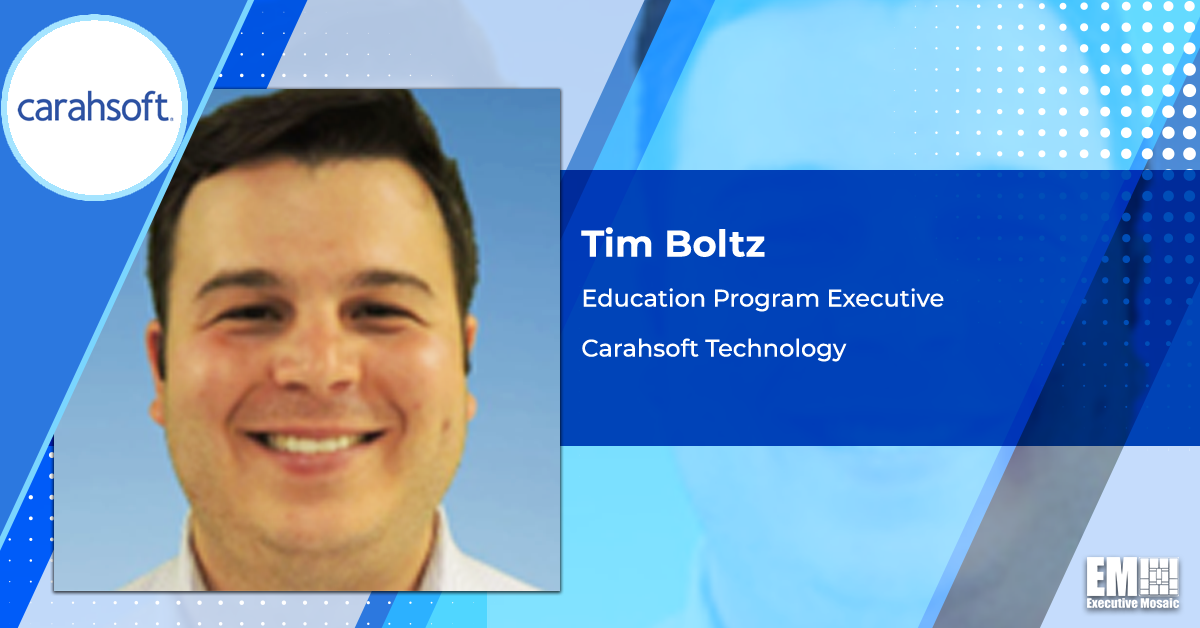Tim Boltz, education program executive at Carahsoft Technology, said there are several steps academic institutions should take as they work to improve their cybersecurity posture amid budget constraints and one is understanding their external footprint.
“Through the employment of third-party devices that scan the internet for web service protocol solutions, agencies can see how much of their information is public,” Boltz wrote in a blog post published Friday.
Another step educational institutions should take is determining external login flaws by identifying login portals and looking at major input fields for automated controls.
Other measures Boltz suggested to advance cybersecurity on a budget are identifying cloud security risks; implementing phishing education and exercises; cleaning up network share permissions and information; limiting the success of kerberoasting; preventing relay attacks; and strengthening password security.
Boltz cited some of the challenges education administrators should consider when integrating technology into learning and these are ensuring cybersecurity and privacy by training the faculty and students to avoid scams, using student data to update technology and advancing IT support to expand digital campus abilities.
He discussed the cybersecurity risks facing higher education institutions and measures that can be adopted to defend systems from breaches.
Boltz also mentioned EDUCAUSE and how the nonprofit association helps educational institutions ensure security through its annual conference.





